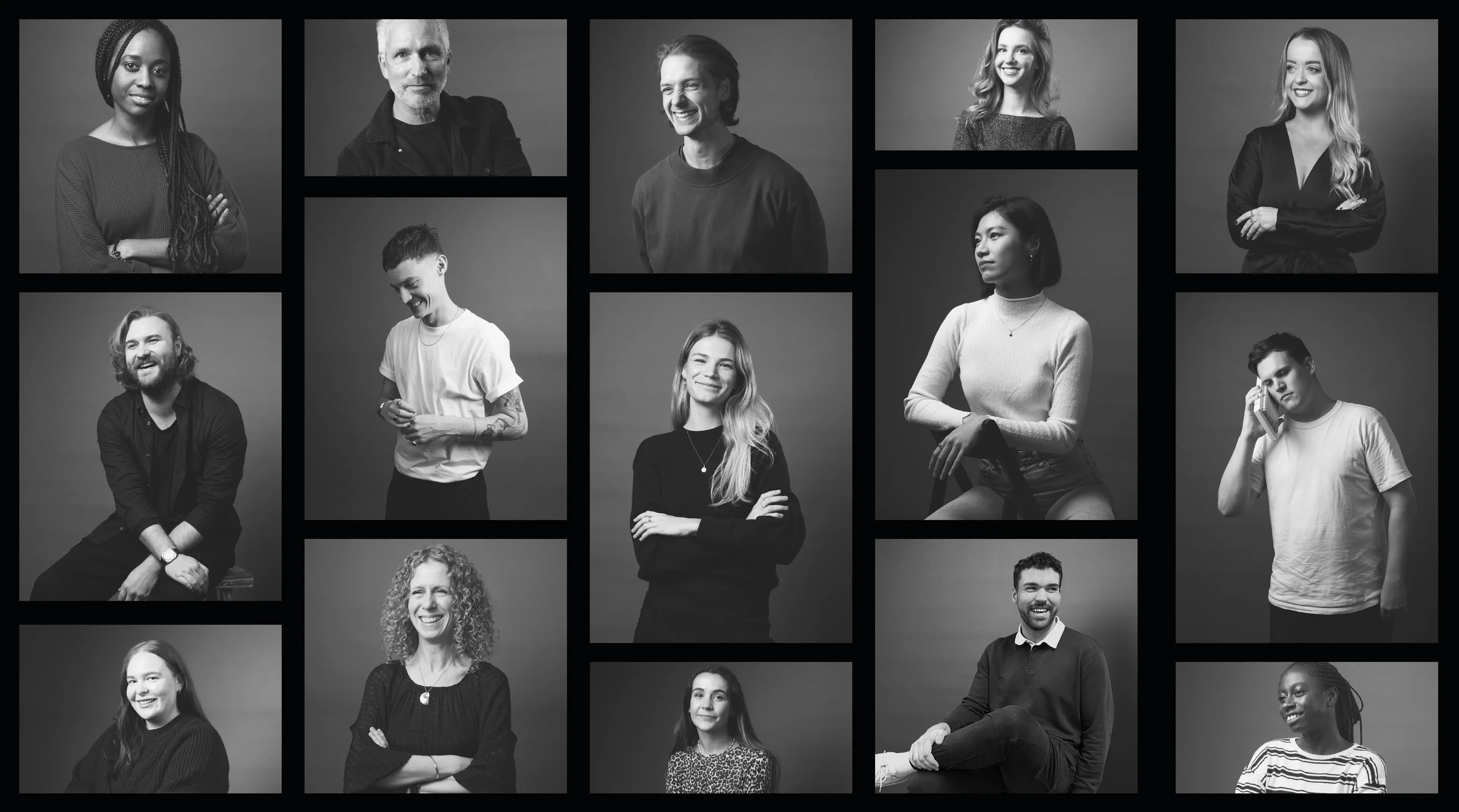
Tech & Innovation
1 May 2022
10 Min Read
Placemaking: Phasing In The Phygital
Now more than ever, communities, towns and cities are extensions of our innate drive to gather, to act as a group, to belong to a collective. Creating places that promote health, happiness and wellbeing is the ultimate task for urban designers who wish to build sustainably for the future. In our latest article, we explore how design, storytelling and digital innovation can build people-centred places that last lifetimes.
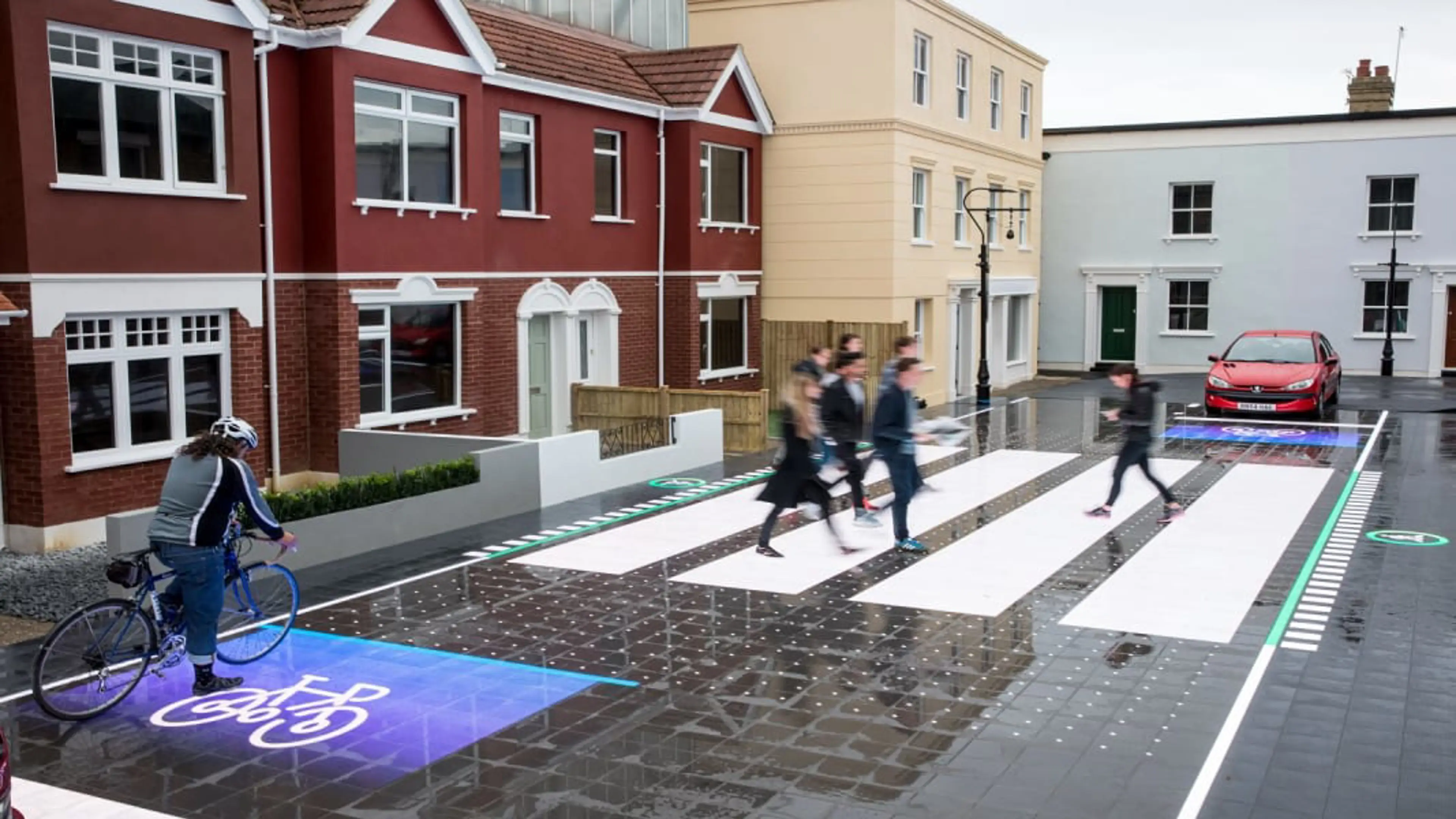
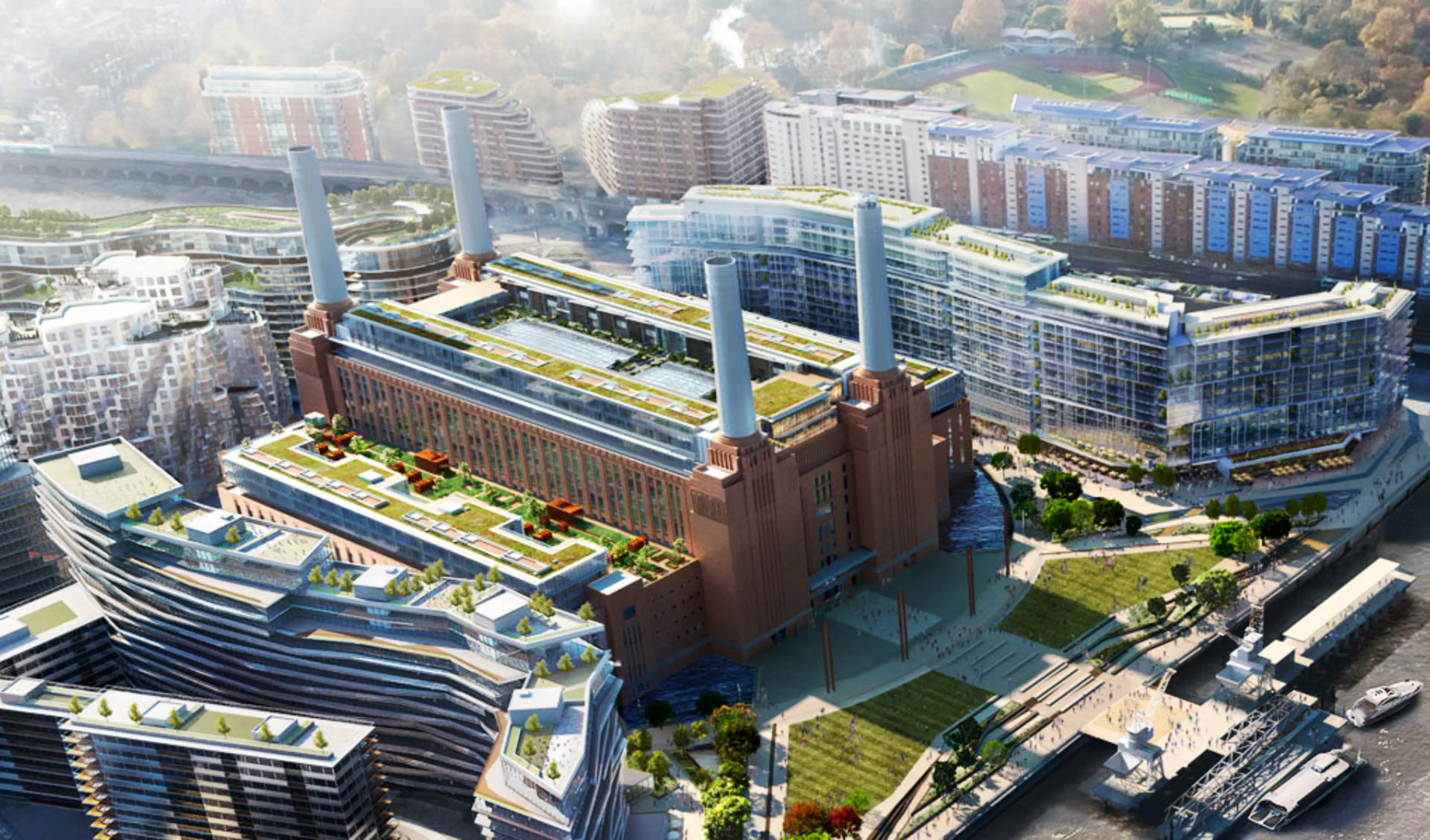
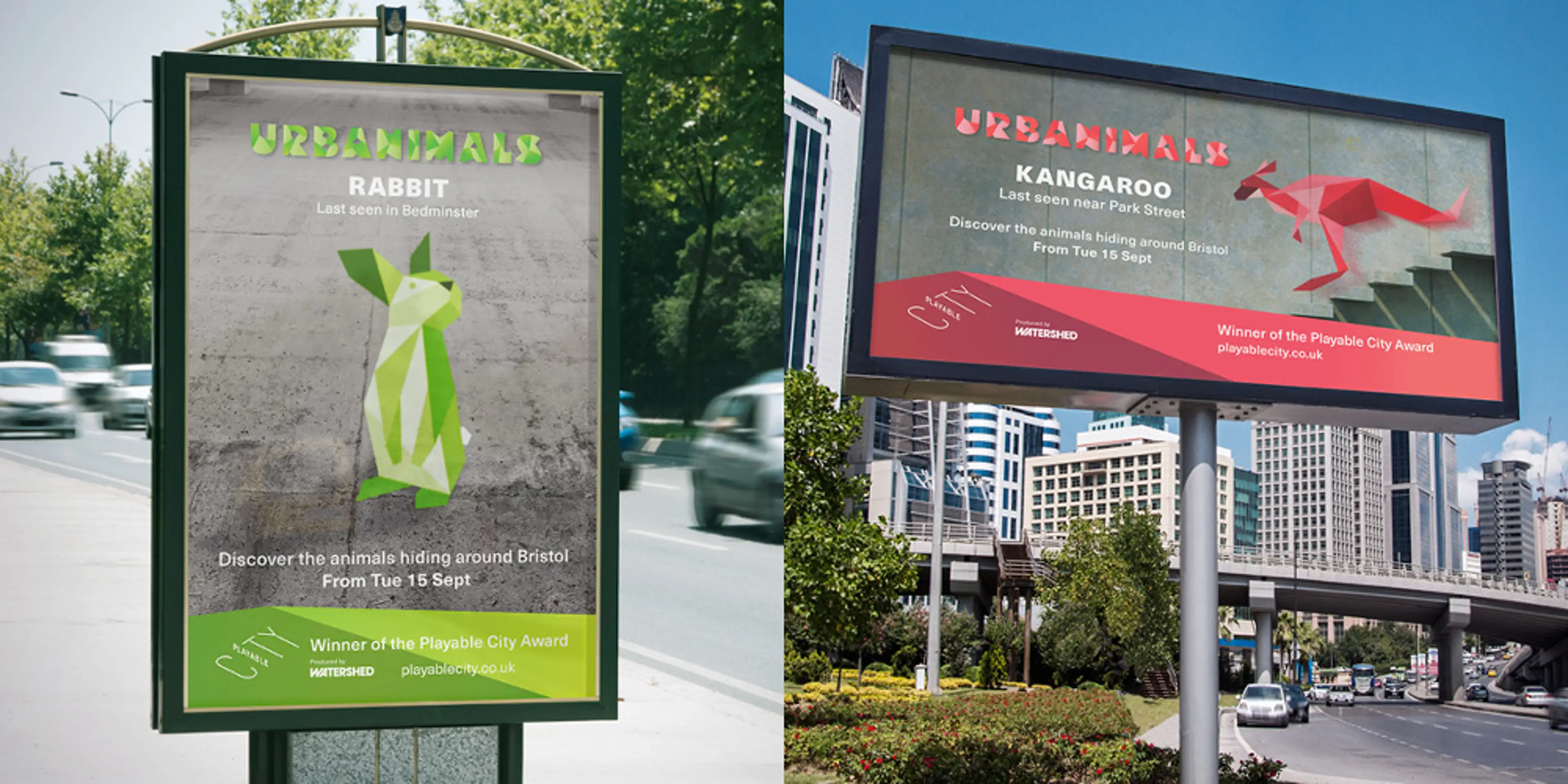
Urbanimals, Bristol, UK
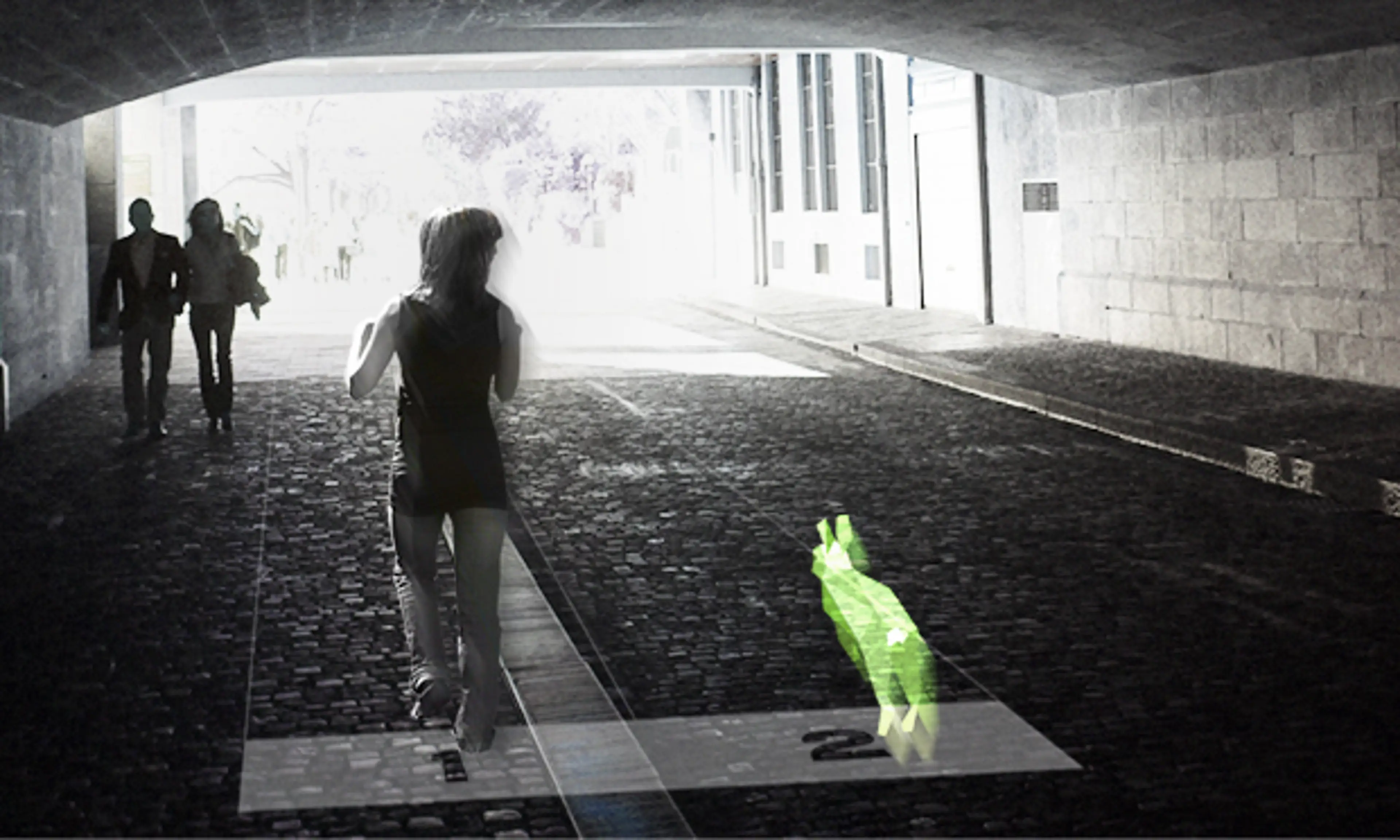
Urbanimals, Bristol, UK
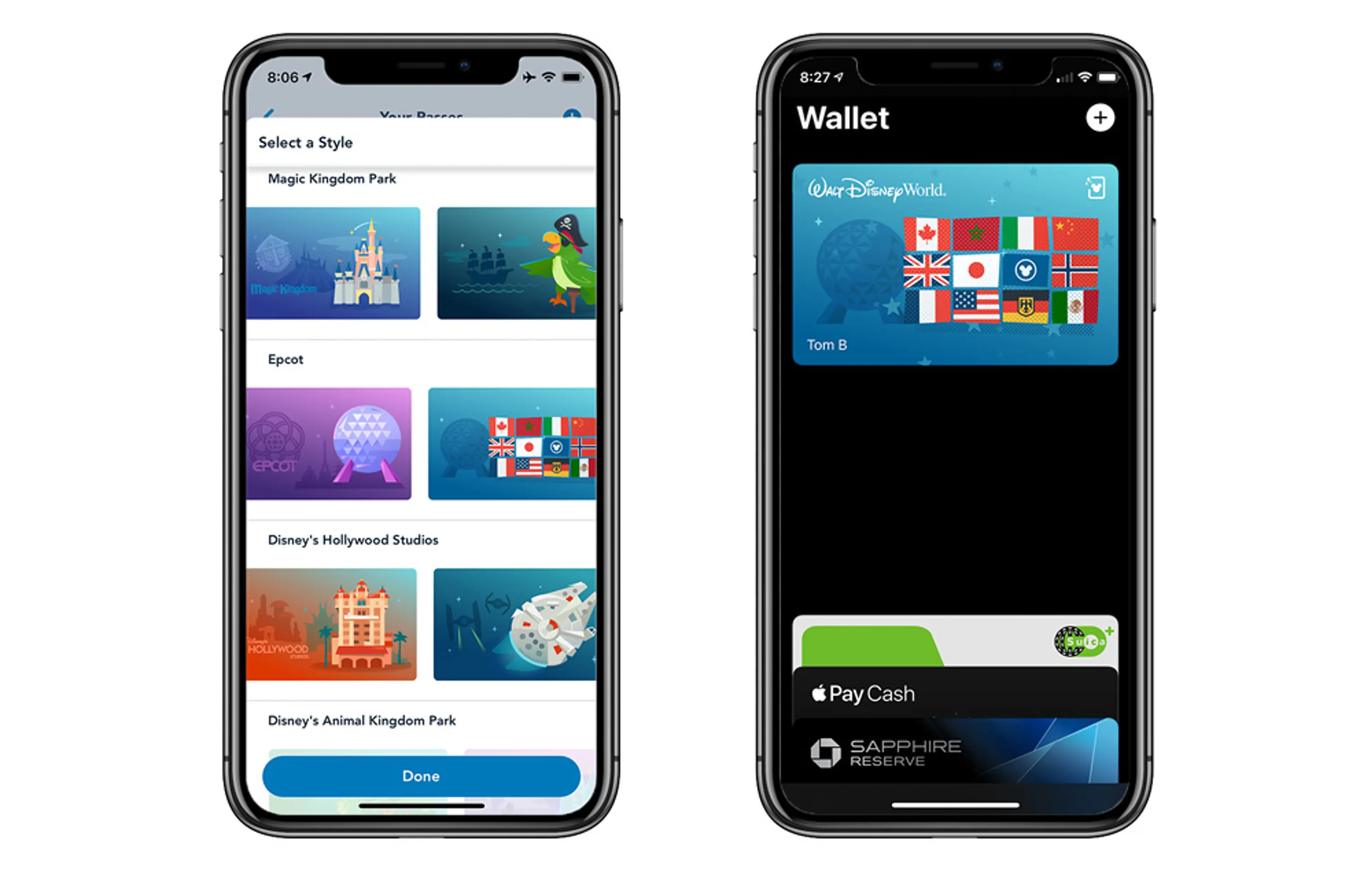
Design
Hospitality & Travel
Brand & CX
Tech & Innovation


